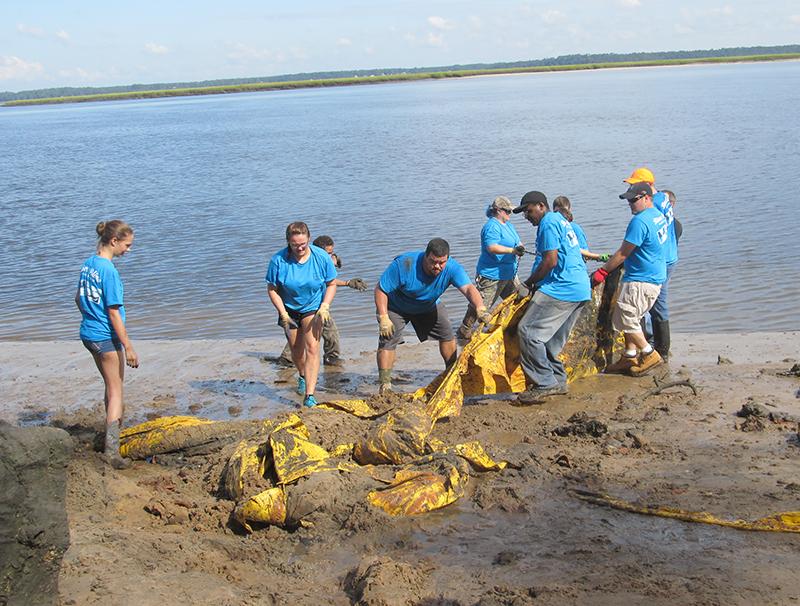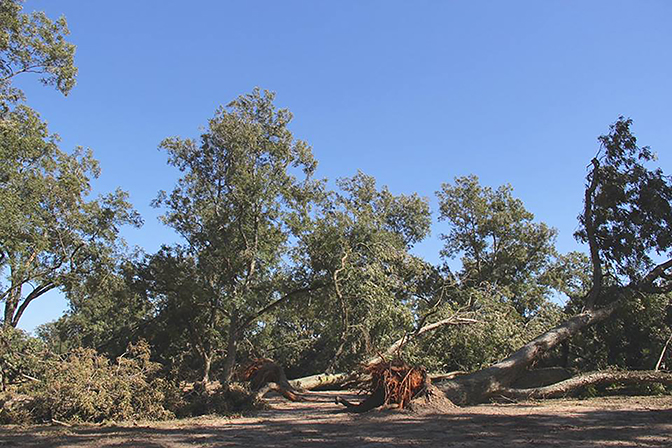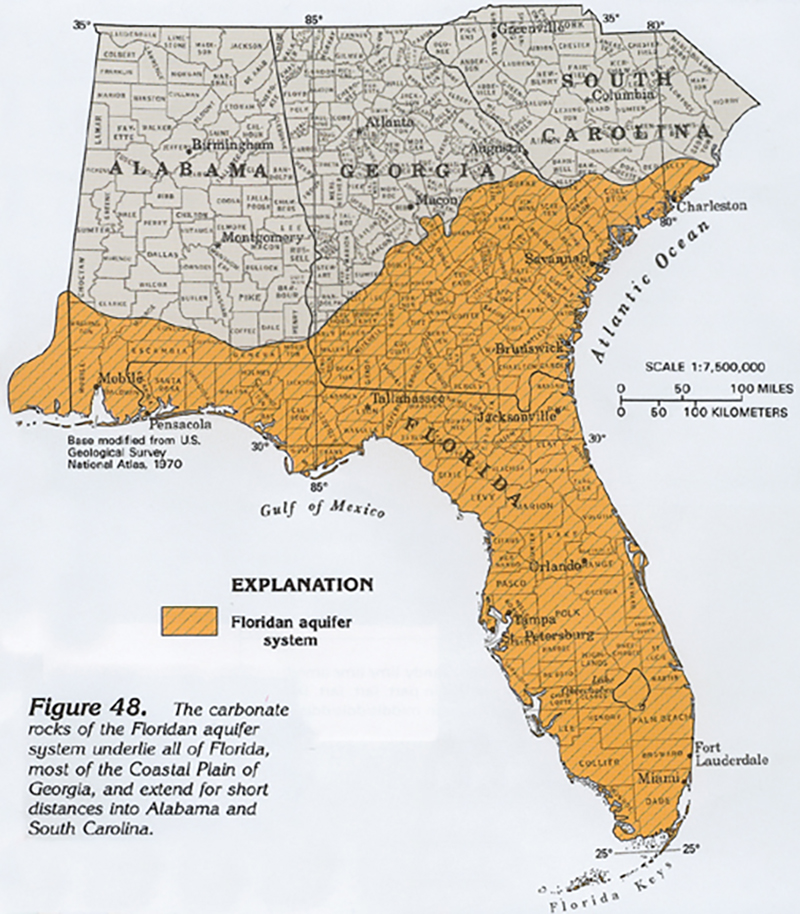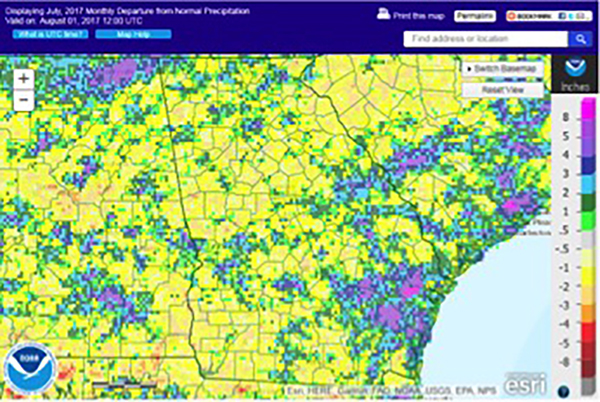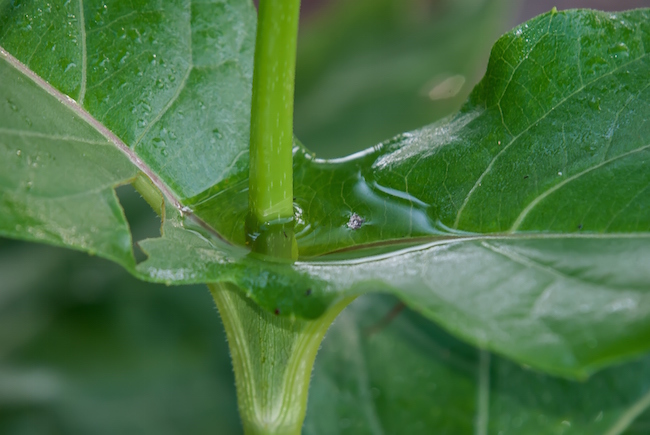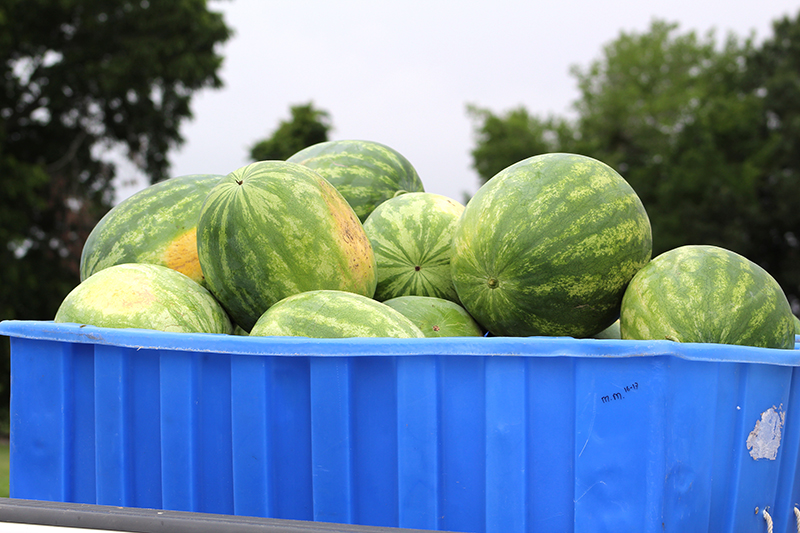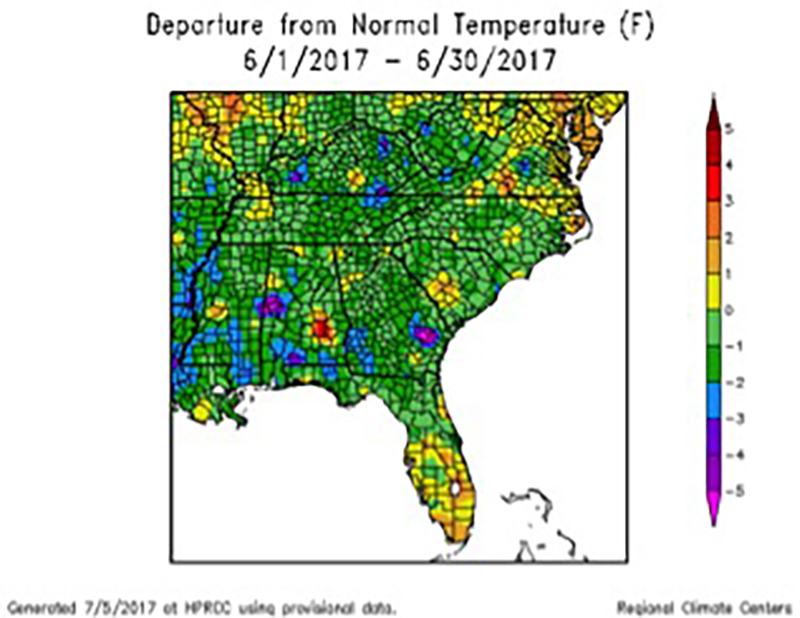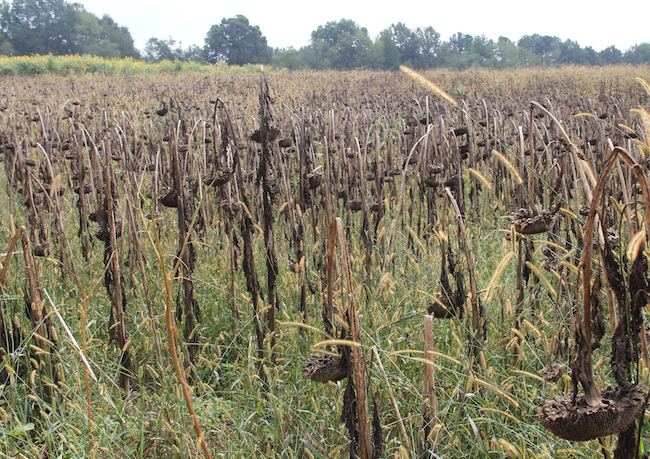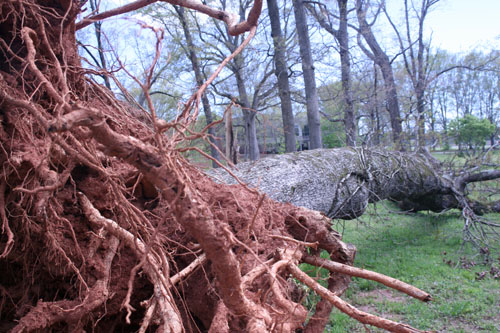 CAES News
CAES News
Hurricane Preparedness
Hurricane Irma strengthened to a Category 5 storm with sustained winds of 175 mph as of Monday, Sept. 5. It’s moving west-northwest on its present track, but longer-term models project that it will make a sharp turn to the north later this week, which could threaten parts of the Southeast, including Georgia.

